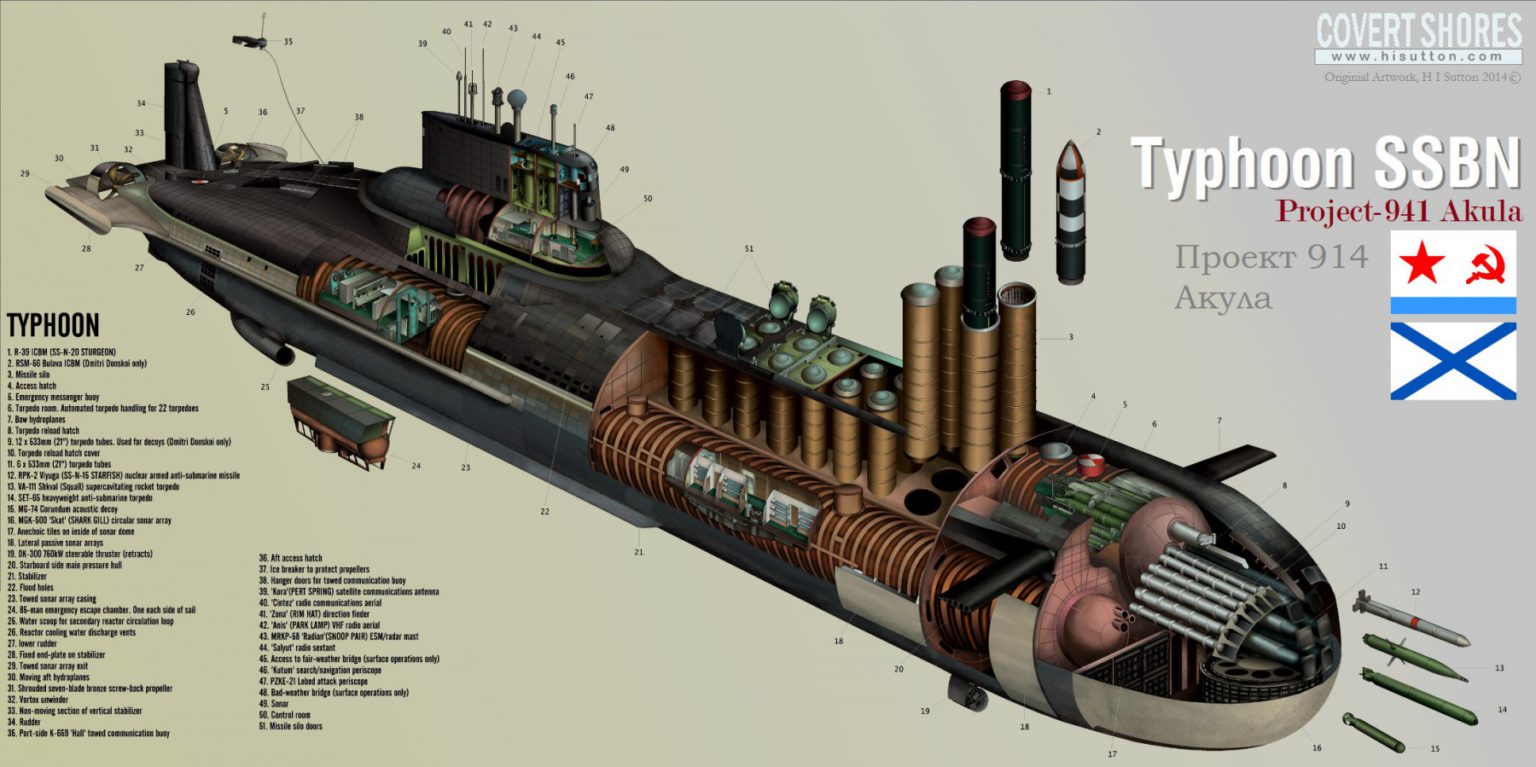

Kovalev approved this option after completing studies on a number of problematic issues related to its implementation. Semyonov, caused a number of doubts among many designers and sailors.īut it was this whicho formed the basis for the further development of the new project. The whole structure was united by strong ties and a common outer body into a single whole. In the bow of the ship, where the diameter of the strong hulls was smaller than in the stern, rocket silos were located between the hulls in two rows. It provided for the placement of all the equipment of the submarine not in one strong case, but in two, located parallel to each other. The terms of development of the draft design were already coming to an end, but there was no solution.Ī successful option appeared literally at the very last moment. More than 440 variants of the project were criticized by the designers themselves - some because of the very large diameter of the robust hull, others because of excessive length, others because of a very large draft, etc.

The usual (classical) architecture of submarines when using such missiles, as the design process showed, did not allow creating an acceptable submarine design.
RUSSIAN TYPHOON SUBMARINE INSTALL
The decision to install 90-ton missiles (the largest sea rockets in the world) was not easy for submariners, who have always fought to reduce weight and size. The creation of both a missile carrier and a missile complex developed very dramatically. The Rubin Central Design Bureau began to design the first 3rd generation missile carrier in 1972, and work on the creation of the D-19 missile system at the KBM (now the V.P. The chief designer of the project 941 S.N. The creation of the 3rd generation nuclear submarine (Project 941), which received the rank of strategic missile submarine cruisers (TRPK SN), was a whole epoch in the life of the team of the Central Design Bureau MT "Rubin" the construction plant "Sevmashpredpriyatie", many contractors, the fleet and the country as a whole. Soviet designers had to urgently look for alternative solutions, which was reflected in the creation of 3rd generation nuclear submarines. The ammunition load of the missiles on these submarines increased from 16 to 24, the number of separable parts on one missile ranged from 8 to 10 units. In the early 1970s, the United States began to create a new generation of Ohio-class submarine missile carriers armed with powerful solid-propellant ballistic missiles "Trident-I" and then "Trident-II". They were able to do so tied up at their docks, where they were an inviting target for an American strike.

As the missile these submarines carried achieved longer ranges, eventually they did not even have to submerge or go to sea to launch their long-range missiles. During the Cold War Soviet submarines prowled the frigid waters of the North Atlantic. The Typhoon was the world's largest submarine, a size resulting not simply from Russian entrancement with the stupendous but also from specific mission requirements.


 0 kommentar(er)
0 kommentar(er)
